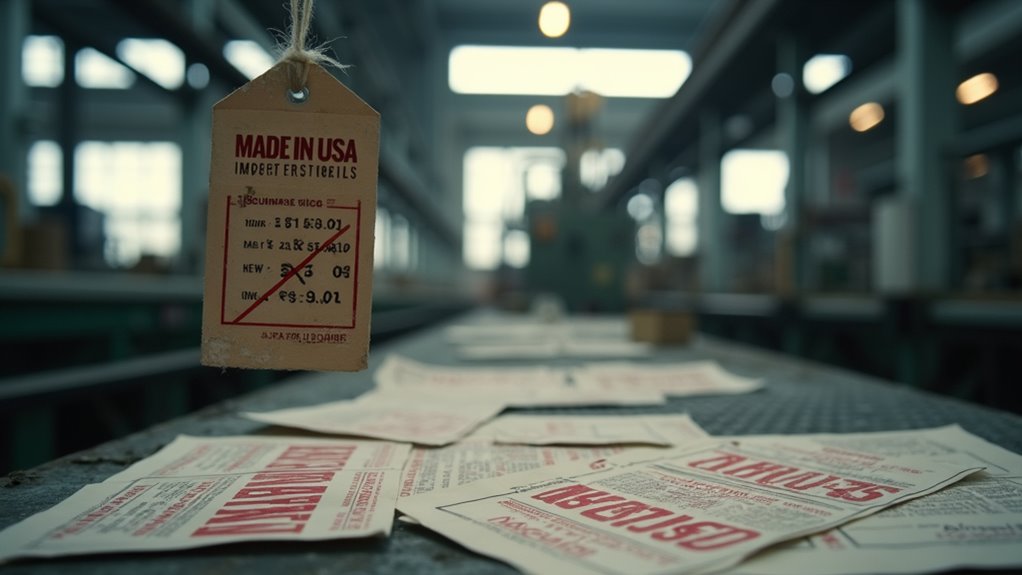Uncle Sam is tightening his belt at the expense of American workers and consumers. The government’s recent tariff proposals, affecting billions in trade, promise to reshape America’s economic landscape—and not necessarily for the better. Like a well-intentioned doctor prescribing medicine with severe side effects, these tariffs aim to raise revenue while dramatically altering trade patterns that have evolved over decades.
The numbers tell a sobering story. Economic projections suggest these tariffs could slash U.S. GDP by approximately 8%—a far cry from the modest 0.2% reduction seen during the 2018-2019 trade disputes. When wallets tighten, kitchen tables across America become the stage where difficult decisions play out: which necessities to buy and which to postpone.
Jobs are vanishing too. Nearly a quarter million positions disappeared during previous tariff implementations, primarily in industries dependent on imported materials. Workers in manufacturing plants watch as machines fall silent, their hours cut back like garden roses in autumn. While some protected sectors see modest growth, it’s a drop in an emptying bucket.
American workers bear the silent burden of tariff policies, watching their livelihoods wither like unwatered plants.
Meanwhile, prices climb the ladder of affordability. Each 10% tariff hike pushes producer prices up roughly 1%, a cost inevitably passed to consumers standing in checkout lines. Shopping carts grow lighter as budgets stretch thinner. The average household will face a tax increase of nearly $1,300 by 2025 due to these tariff policies.
The global response compounds these woes. Trading partners don’t simply absorb the blow—they swing back with retaliatory measures. American exports wither under foreign tariffs, making U.S. goods as welcome abroad as uninvited dinner guests.
Businesses scramble to adapt, rerouting supply chains like drivers avoiding traffic jams. The Midwest and Southeast feel particularly sharp pains as critical imports become luxury-priced commodities. Middle-income households stand to lose approximately $58,000 in lifetime earnings as tariffs depress wages by roughly 7%. Companies pause hiring and investments, waiting for economic skies to clear.
While tariff revenue flows into government coffers, the economic cost of collection exceeds other revenue-raising methods. It’s like fixing a leaky roof by drilling holes in the floor—technically addressing one problem while creating several more.









